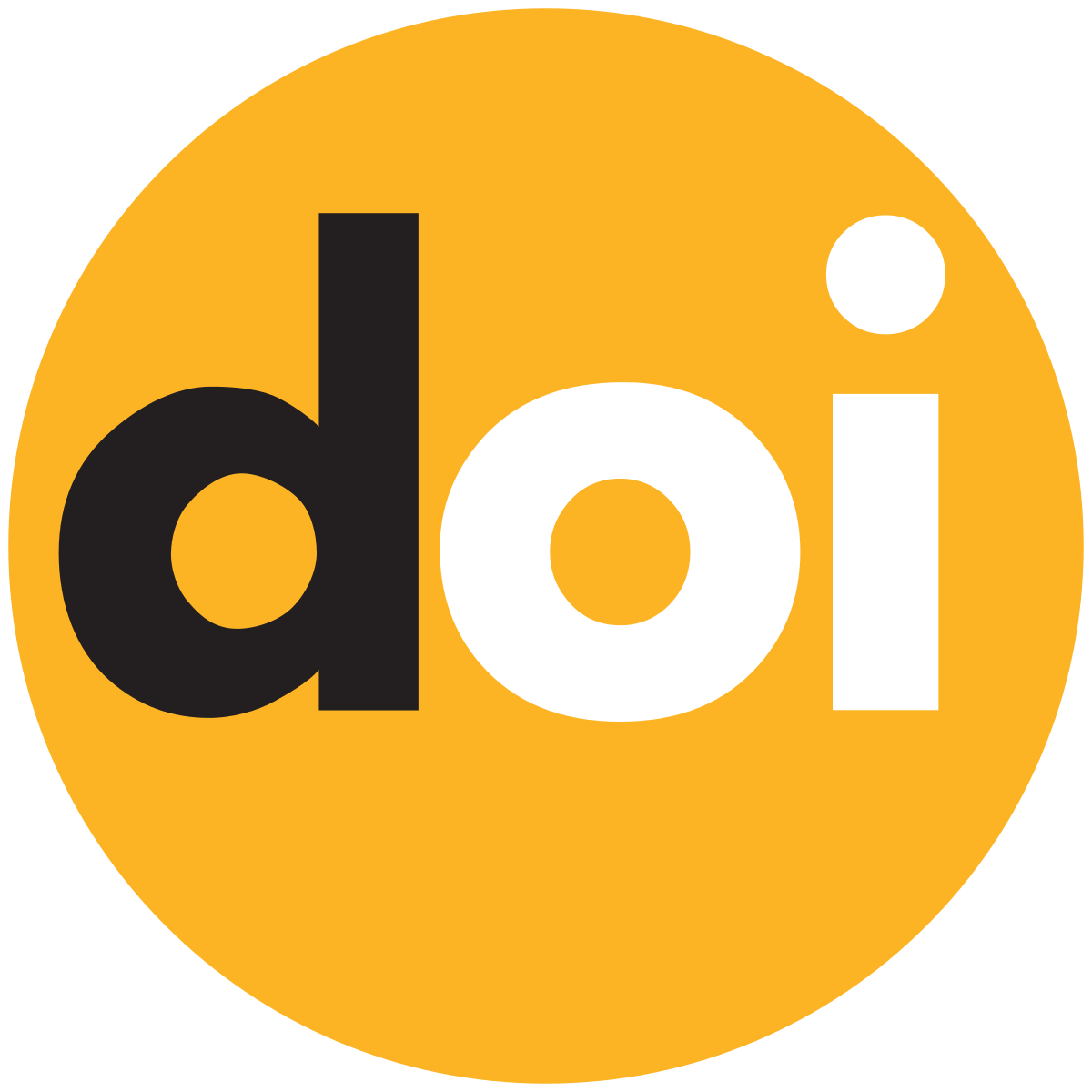Digital Object Identifier (DOI) & Its Impact
Digital Object Identifier is a string of numbers, letters and symbols used for identifying electronic information such as an article or document. A DOI will help the readers easily locate a document from the citation. It is institutionalized by International association of Standardization (ISO) and issued by the International DOI Foundation. The prime use of DOIs constitutes of the identification of scholastic and research articles, journal articles, professional information, and administrative information like social reports and statistics. DOI helps in finding a particular article to which it is linked, among countless other information on the web. Linking the DOI to the metadata of the article, like URL gives quite a steady and open connection to that particular information than simply sharing the URL. The single most important characteristic of DOIs is that they can be attached to just about any digital, online research output. If something has a URL, or a specific location on the web, it can be assigned a DOI. This means that DOI is quite a versatile element.
What are the Direct Benefits of the Author?
DOI without a doubt increases the value of any published article. It increases the article’s chance of being discovered on the web amidst several other related or quote similar items.
DOIs in Use:
- First applications launched in 2000 • Currently being allotted by well more than 5000 naming specialists for example distributers, publishers, science server farms, motion picture studios and so on • Around 100 million DOI names allocated • Over 1.5 billion DOI requirements are registered for each year
Structure of DOI:
Each DOI starts with the number 10 and has a prefix and suffix separated by an oblique. The prefix is a unique number made up of four digits indicative of the organization and the suffix is picked by the publisher of the item, and is flexible with publisher identification standards. For example 10.23950/184. Here 10 is a fixed prefix. 23950 signifies the registrant which in most cases is the publisher and 184 is the identifier for the particular article/data item published by the publisher.
Who is Crossref?
Crossref is an official Digital Object Identifier (DOI) Registration Agency of the International DOI Foundation, powered by Publishers International Linking Association Inc. (PILA).
Does ‘Exceller Open’ provide DOI?
All the published books from Exceller Open platform are assigned a DOI for better visibility on the internet! Exceller Open assigns DOI to published books and articles provided by Crossref.
DOI is like a digital fingerprint for articles on the web. DOIs provide a permanent and stable identity to every published information/object (which has a registered DOI) in the vast ocean of online articles and data in today’s digital world. Anyone looking for a published book or journal paper on the web can verify its authenticity by the DOI and can be sure they have found the correct material, even though it is a public domain property or is located in a web space where it shouldn’t be. Other information can be associated with the object through the DOI system, such as a statement of rights, ownership, or links to related material, or anything else.
For more details feel free to email us at publication@excelleropen.com .


sir/madam we need to doi number of our journal articles
Please contact to your journal publisher. They can only help you in this regard. Thank You!